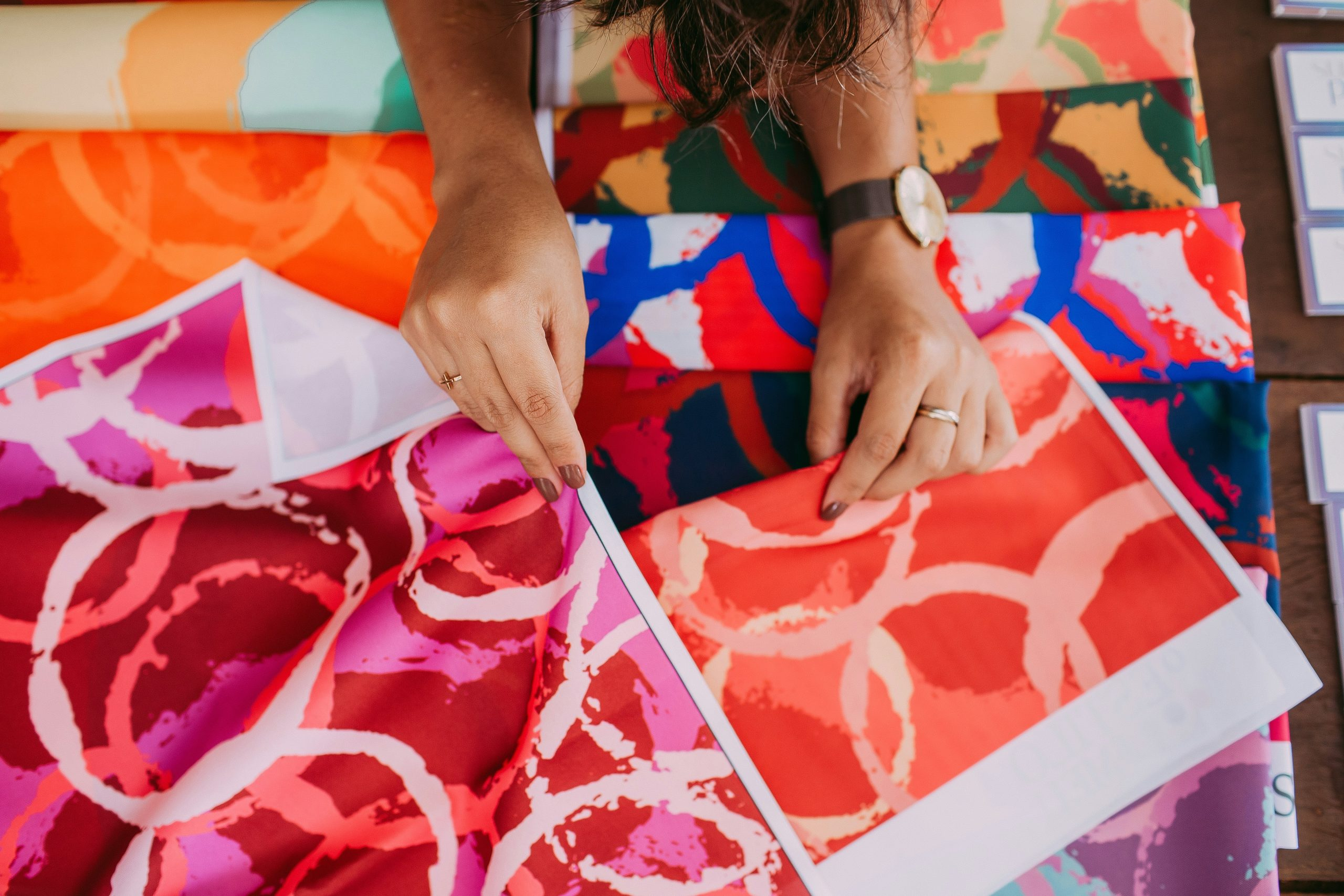A closer look at the fabrics that are changing the world
Fabrics have been an integral part of human history for thousands of years. They have been used for shelter, clothing, and even currency. But with advancements in technology and growing concerns for sustainability, the fabrics of today are not just about functionality or aesthetics. They are also changing the world in more ways than one. From sustainable materials to innovative production processes, let’s take a closer look at the fabrics that are paving the way for a better future.
The Rise of Sustainable Fabrics
One of the most significant changes in the fashion and textile industry in recent years has been the shift towards sustainable fabrics. With growing awareness about the environmental impact of fast fashion and unsustainable production methods, consumers are demanding more eco-friendly options. This has led to the rise of sustainable fabrics like organic cotton, bamboo, and recycled materials.
Organic Cotton
Cotton is one of the most widely used fabrics in the world, but conventional cotton production takes a toll on the planet. From the excessive use of water and pesticides to the exploitation of labor, the production of traditional cotton has negative environmental and social consequences. Organic cotton, on the other hand, is grown without the use of harmful chemicals, making it better for the environment and the people involved in its production.
Bamboo
Bamboo is another sustainable fabric that is gaining popularity in the fashion industry. It is one of the fastest-growing plants in the world, making it a highly renewable resource. Bamboo fabric is also biodegradable and requires minimal water and pesticides to grow, making it a more sustainable alternative to traditional cotton.
Recycled Materials
Recycling is not just limited to plastic and paper anymore. Various textiles, including polyester, can now be recycled to create new fabrics. This not only reduces waste but also saves energy and resources that would have been used in the production of new materials. Recycled fabrics are becoming a more common choice for clothing brands, and this trend is expected to continue as sustainability becomes a top priority for consumers.
The Role of Digitalization in Fabric Production
The use of technology in fabric production has been growing steadily, and it is changing the industry in many ways. Digitalization allows for more efficient and sustainable production processes, reducing waste and energy consumption. It also enables customization and advanced designing techniques, making it easier for designers to create unique and high-quality fabrics. Moreover, digitalization has made it easier to track and trace the entire supply chain, ensuring transparency and ethical practices.
3D Printing
One of the most significant advancements in fabric production is 3D printing. This technology allows for the creation of complex and intricate designs without the need for excess materials and resources. It also allows for customization, as fabrics can be printed to specific measurements and patterns, reducing waste and minimizing leftover stock.
Smart Fabrics
The concept of smart fabrics has been around for a while, but with advancements in technology, it is becoming a reality. Smart fabrics are embedded with sensors and other electronic components that can track and measure various factors like heart rate, temperature, and movement. This technology has numerous applications in the medical, sports, and fashion industries, and it has the potential to revolutionize how we interact with fabrics.
The Future of Fabrics
The fabrics that are changing the world are just the beginning. The fashion and textile industry is continuously evolving, and new innovations are being introduced every day. From plant-based fabrics to lab-grown materials, the future looks promising for a more sustainable and ethical fashion industry.
Lab-Grown Leather
One of the most exciting developments in the world of fabrics is lab-grown leather. This leather is grown from animal cells in a lab, eliminating the need for animal slaughter and reducing the environmental impact of traditional leather production. It is also cruelty-free and can be customized to fit different design needs, making it a viable substitute for traditional leather.
Mushroom Leather
Another sustainable alternative to leather is mushroom leather, also known as mycelium leather. This material is made from the root structure of mushrooms, and it has similar properties to animal leather. It is biodegradable, can be grown in a matter of weeks, and requires minimal resources to produce.
In conclusion, the fabrics that are changing the world are not just about aesthetics or function. They are a reflection of the changing mindset of consumers and the growing need for sustainability. With advancements in technology and innovative thinking, the future of fabrics looks bright, and it is our responsibility to make the right choices for a better and more sustainable world.










